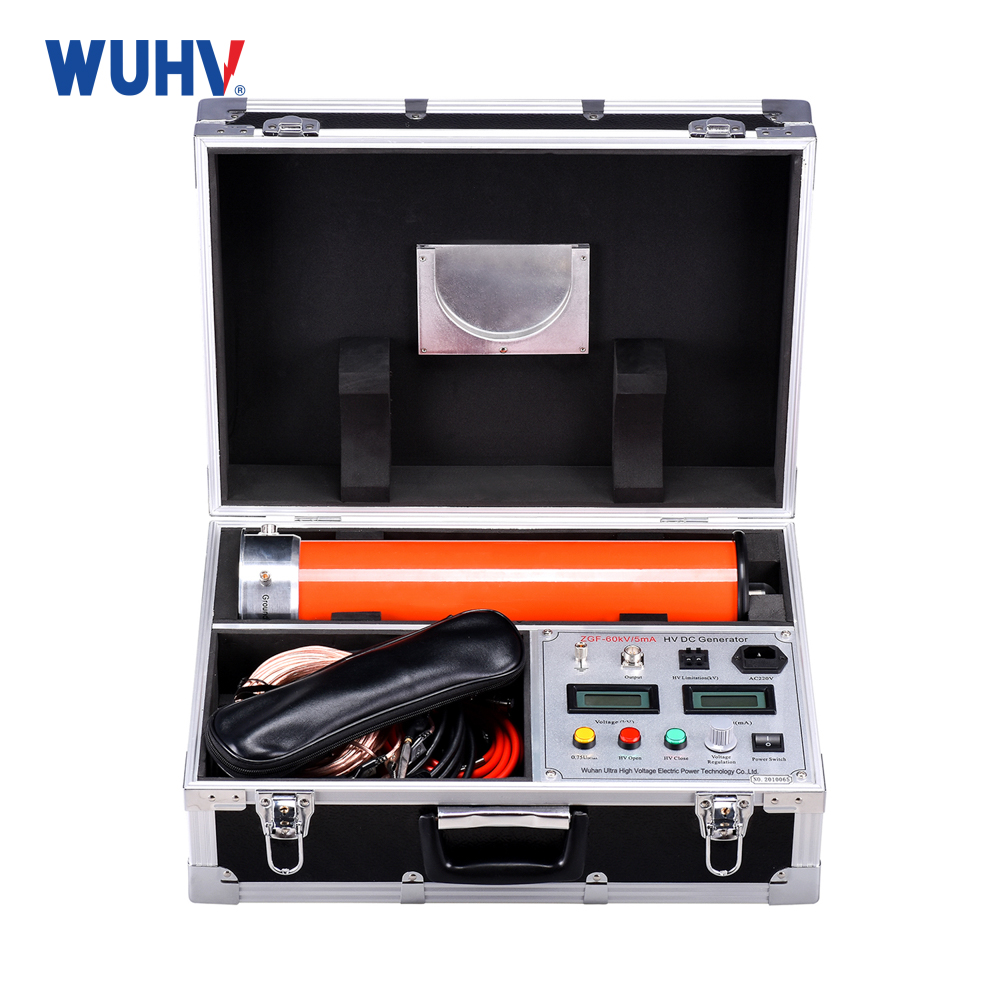The cable fault testerunder UHV power can help many power workers conduct various power tests more conveniently.
Some techniques for cable fault location: Cable faults occur with the laying of cables, and with different cable laying methods, cable fault location becomes increasingly difficult. Among them, the open application mode for bridge, tunnel, and trench positioning search is relatively simple, while the direct buried mode positioning search is the most difficult. When the nature of the fault is relatively simple, a dedicated cable fault locator device can be used to locate the fault within tens of minutes. When the fault is special, it usually takes 4-5 days or even longer to locate the fault.
When using the echo method to locate cable faults, sometimes by transferring the fault phase and wiring method, complex faults are often transformed into simple faults and the fault location is quickly determined. The procurement time for on-site line repair is of great significance to the power supply department.
Low voltage power cables are usually multi-core cables. When faults occur during continuous use after installation, there is usually a two core or multi-core phase to phase or relative short circuit fault. Sometimes, when the fault waveform collected by a certain core is not ideal, the circuit can be converted to other fault cores for fault waveform detection, which often produces unexpected results. The collected waveforms and detected waveforms will become more typical and regular, so the specific location of cable fault points can be quickly determined.
In long-term on-site measurements of cable users, it was found that small section copper core buried power cables (35mm2 and below) and aluminum core cables may experience short circuits and disconnections simultaneously after faults. During on-site testing, short-circuit faults are often converted into open fault measurements based on the nature of each fault core.
The inner lining layer adopts medium voltage buried power cables with extruded armor, which is mainly caused by external mechanical damage. The inner lining layer may be damaged and the insulated wire core may malfunction. When cable insulation faults are relatively special, it is difficult to collect waveforms with professional cable fault testers. By using the acoustic measurement method, high voltage pulses can be directly applied between the cable steel strip and the copper shielding layer, which tends to fix quickly.
During the on-site measurement process, we also found that when using acoustic methods to locate low-voltage cable faults, the insulation resistance of the two wires showed a low resistance metal connection when connecting the high-voltage line and grounding wire between the faulty phase and the metal shield or armor. The cross-sectional state and the sound are very low, so the probe cannot detect the fixed point, and the effect is not ideal. The distance between the discharge ball gaps was found to be appropriately increased by the actual listening side on site, and the high voltage and grounding wires were connected between the two phases of the fault, thereby increasing the discharge sound and quickly determining the fault point.




















